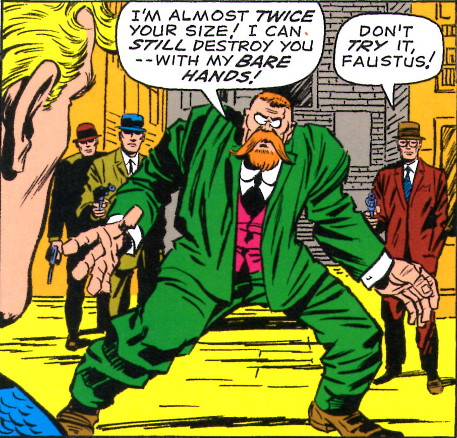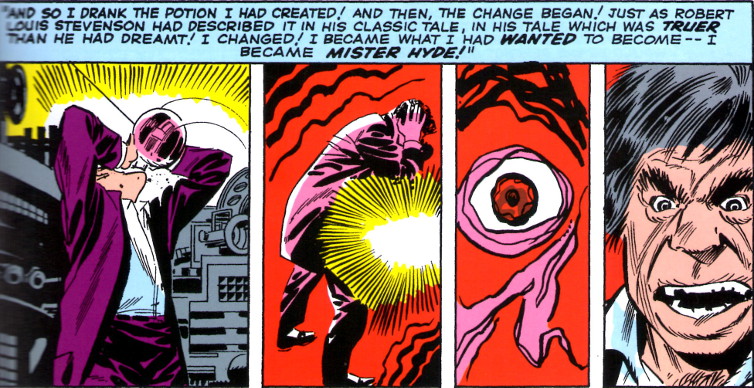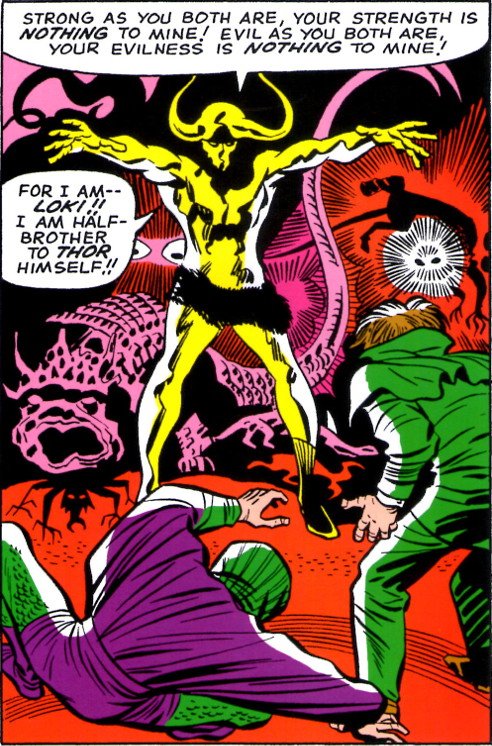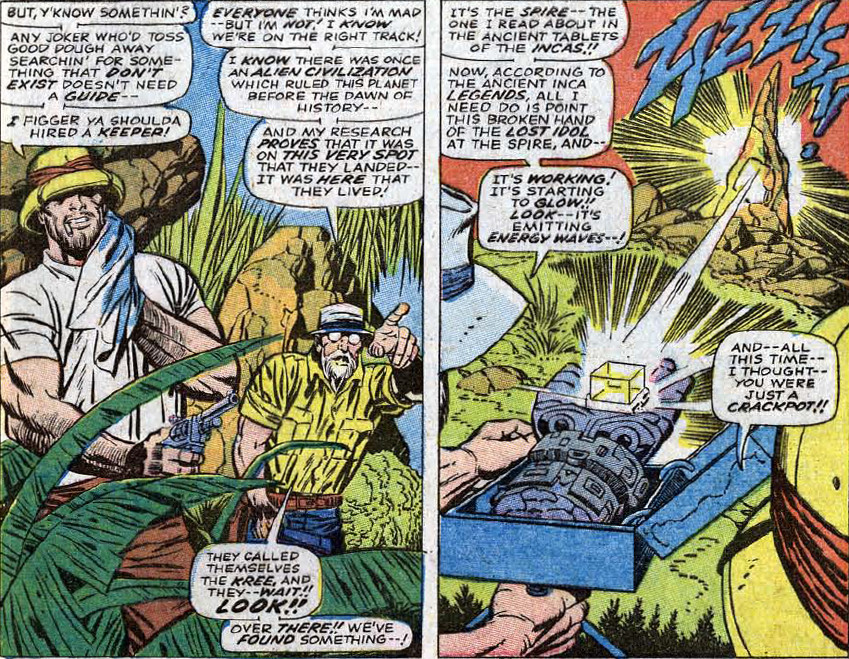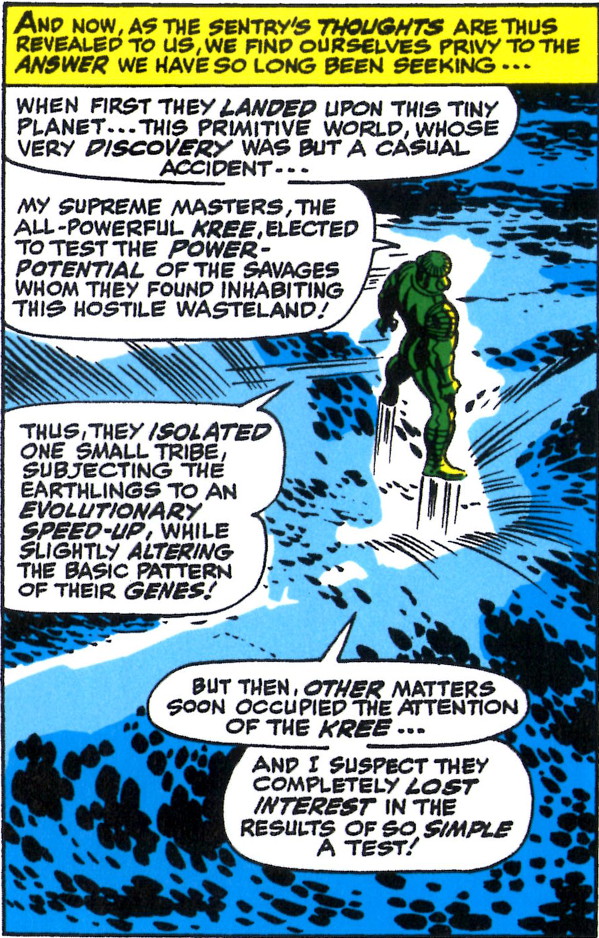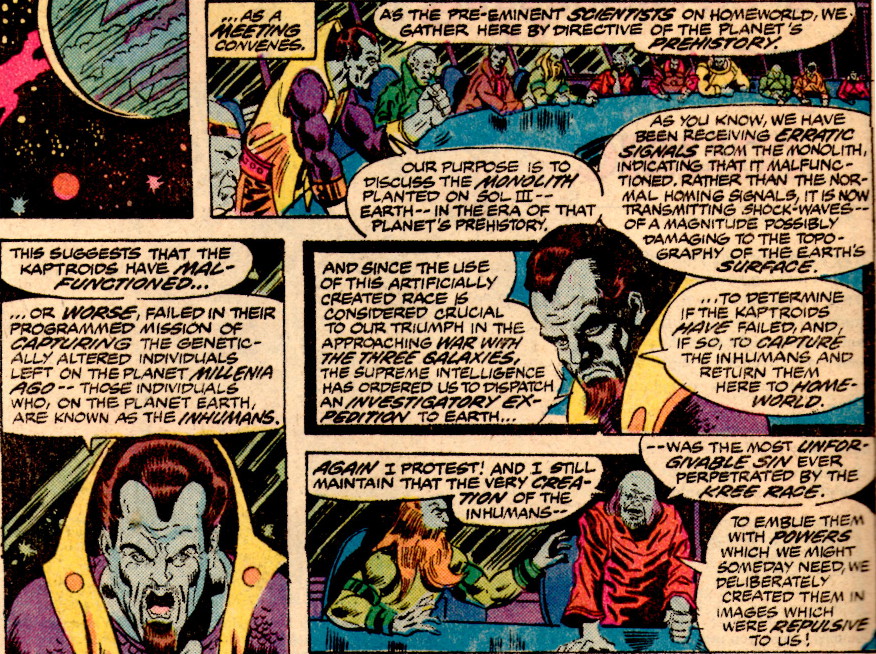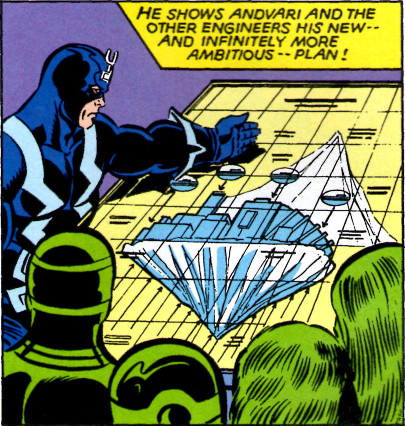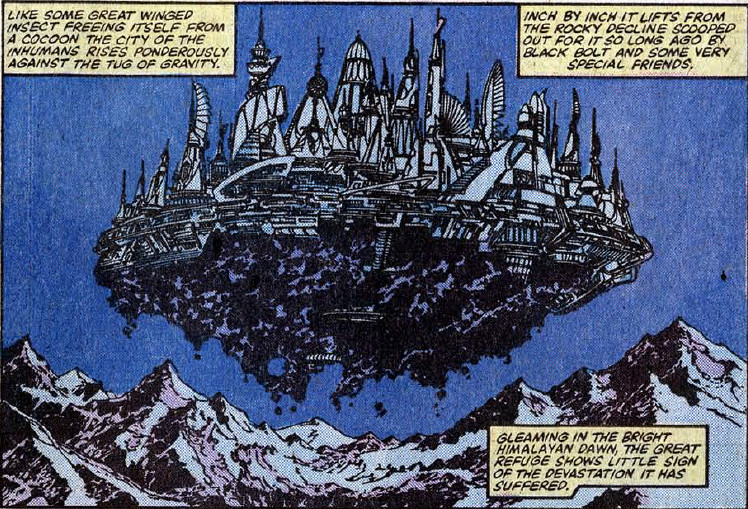Re-imagining Image
I’ve been collecting comics, in some fashion or another, since 1973. As a kid, I remember being attracted by the cool art and the bright colors and being mostly confused by the storylines. Things were complicated by the fact that I rarely had the money to purchase a whole set of comics to complete an arc.
As I got older, somewhere just shy of my teens, I really began reading comics for the stories. I still remember when I actually started paying attention to the credits and could remember who the authors were. My first clear remembrance of an author’s name was Steve Englehart, and his work still remains a favorite of mine. It was through his work that I began to see comics as a vehicle for philosophy and drama and the examination of the human condition. His work on Doctor Strange was a particular favorite, from the cosmic Sise-Neg storyline in Marvel Premiere #13 & #14 to his very spiritual exploration of life and death in the Silver Dagger saga in Doctor Strange (1974) #1-#5.
Over the following years other authors touched upon those core areas. Jim Starlin and his compelling cosmic stories about Thanos provided much food for thought. Alan Moore’s wonderful stint on Swamp Thing was very fulfilling and well-thought out. J. M. DeMatteis produced a beautiful set of stories about good and evil in in his Six-Fingered Hand run on the Defenders. John Ostrander’s successful revival of the Spectre in the mid-nineties was a treat for the theologically minded. I could go on but I think the point is clear – story drives my interest in comics.
That brings me to Image Comics. For those who don’t know, Image Comics started as a reaction by some of the ‘biggest creative’ talent at Marvel Comics in the early nineties. The core group seems to have been comprised of Todd McFarlane, Rob Liefield, Jim Lee, Erik Larsen, Whilce Portacio, Marc Silverstri, Jim Valentino, and Chris Claremont. Protesting the lack of creative ownership and the page rate and the limited royalties afforded them at Marvel, this group went off to create their own company. A founding principle behind Image was the idea that creators owned the fruits of their labors. And, while I applaud their entrepreneurial spirit, I could not applaud their creations.
From the start, Image offered the same ‘eye-candy’ that made the founders work (Claremont notwithstanding) so tiresome at Marvel. Everywhere I looked there were testosterone-laden men, with ridiculous anatomical exaggerations protruding from arm, leg, and torso – all wielding bizarrely constructed slabs of metal that passed for guns of some sort. The women were impossibly thin and scantily clad, with spines so sharply rounded and concave that they looked like a yoga pose gone horribly awry. Buildings, backgrounds, and breakdown art were simultaneously far too detailed and yet strangely unfinished. In short, it was an adolescent dream of what the world should be.
All of this might have been tolerable if they had stories to offer that actually probed humanity and the state of being in this world. Unfortunately, their approach to stories was as adolescent as their art. All told, I regarded their books as the junk food of the comic world. And I wasn’t alone in this viewpoint. I was present at Comicfest ‘93 in Philadelphia when Peter David debated Todd McFarlane on the tension between artist and writer, their stint together on The Incredible Hulk, and on the foundation of Image Comics. I call it a debate but it would be more accurate to call it a lecture on the part of the older, wiser, and smarter David against the petulant, incoherent, and childish McFarlane. And so Image and I went our separate ways.
Well, time has passed and somehow we’ve found each other again. The original cadre of artists who founded Image are, for the most part, still there, but I don’t care because their influence isn’t. Somewhere in the intervening years Image discovered a soul and attracted real talent – writing talent, imagination talent. Gone is the one size fits all eye-popping, cookie-cutter, pedal-to-the-metal action of the past. Now there is a wonderful variety of books to discover and explore.
Some of my personal favorites include East of West, Saga, Fatale, Pretty Deadly, Five Ghosts, and Satellite Sam. Each of these is quite distinct in look and feel, in story and pace, and in line and color. None of them are burdened or compromised by a shared universe or by what has come before. Some of the best ideas are coming out under the Image banner and I hope that they keep at it.




